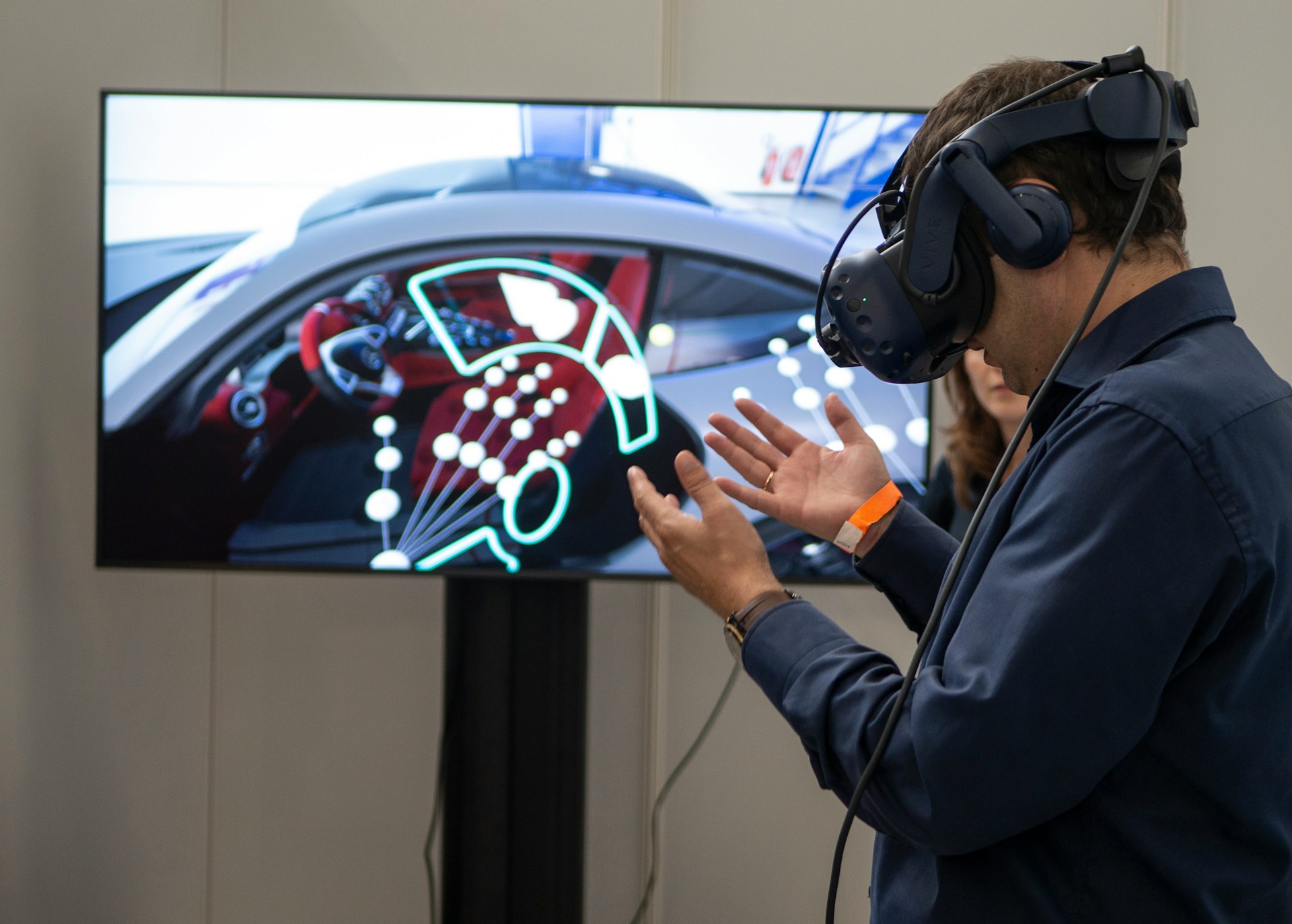Creating realistic sand and desert environments in adventure games is a multifaceted challenge that requires a combination of artistic skill, technical knowledge, and innovative thinking. These environments need to be engaging, immersive, and believable to captivate players and enhance the overall gameplay experience. In this article, we will explore the various techniques and tools that game developers can use to achieve this goal.
Understanding the Importance of Textures and Terrain
When developing a desert environment, the first aspect to consider is the texture of the sand and terrain. Textures are the foundation upon which the entire environment is built. They provide the visual and tactile cues that make the environment feel real and immersive.
In parallel : How can developers use AI to create more adaptive and challenging enemy AI in action games?
To create realistic sand textures, developers often use high-resolution images of real sand, which are then mapped onto the terrain. These images can be captured using high-definition cameras or sourced from texture libraries. However, raw images alone are not enough. They need to be processed and refined using tools like Adobe Photoshop or Substance Designer to ensure they tile seamlessly and have the right level of detail.
In addition to textures, the terrain itself plays a crucial role. A flat desert with no variation in elevation can quickly become monotonous. Developers use terrain sculpting tools like Unity’s Terrain Tool or Unreal Engine’s Landscape system to create dunes, cliffs, and other geological features. These tools allow for the creation of complex, realistic landscapes that can be explored by the player.
This might interest you : What are the best practices for implementing real-time language translation in multiplayer games?
Moreover, the integration of procedural generation techniques can be beneficial. Procedural generation uses algorithms to create terrain features dynamically, ensuring that each area of the desert feels unique. This approach not only saves development time but also enhances the replayability of the game.
Leveraging Lighting and Shading Techniques
Lighting is a critical component in making a desert environment feel real. The way light interacts with the sand and the terrain can significantly affect the overall atmosphere of the game.
In a desert setting, the lighting needs to mimic the harsh brightness of the sun during the day and the cool, serene illumination of the moon at night. To achieve this, developers use dynamic lighting systems that can change based on the time of day. Unreal Engine and Unity both offer robust lighting systems that allow for the creation of realistic day-night cycles.
Shading techniques are equally important. The use of ambient occlusion, for example, can add depth and realism to the environment by simulating the way light is absorbed and scattered by the sand. This technique can make shadows appear more realistic and enhance the overall texture of the terrain.
Additionally, developers can use techniques like normal mapping and parallax occlusion mapping to add detail to the sand without increasing the polygon count. These techniques create the illusion of depth and detail, making the sand appear more realistic when viewed up close.
Employing Advanced Tools and Software
The choice of tools and software can greatly impact the quality of the desert environment. Modern game development engines like Unreal Engine and Unity offer a plethora of features specifically designed to create realistic environments.
Unreal Engine, for instance, comes with a powerful landscape system that allows for the creation of large, open-world terrains. Its material editor enables developers to create complex, layered materials that can simulate the various textures of the desert, from coarse sand to rocky outcrops. The engine’s powerful lighting system and support for real-time ray tracing ensure that the environment looks stunning under different lighting conditions.
Unity, on the other hand, offers the Terrain Tool, which is perfect for sculpting detailed landscapes. Its Shader Graph and VFX Graph tools allow for the creation of custom shaders and visual effects, enabling developers to add elements like sandstorms and heat haze to the environment.
In addition to these engines, specialized software like World Machine and Gaia can be used to generate realistic terrain. These tools use procedural algorithms to create detailed landscapes that can be imported into game engines for further refinement.
Integrating Realism Through Environmental Design
Designing a realistic desert environment goes beyond just textures and lighting. It involves creating an ecosystem that feels alive and immersive.
One way to achieve this is by incorporating environmental storytelling. This involves placing objects and landmarks in the environment that tell a story or provide context. For example, an abandoned campsite, a weathered signpost, or the skeletal remains of a long-dead animal can all add depth to the environment and make it feel more realistic.
Vegetation, although sparse in deserts, can also play a role in enhancing realism. Cacti, shrubs, and the occasional palm tree can add variety to the landscape. These elements can be placed strategically to guide the player’s path or highlight points of interest.
Moreover, dynamic weather systems can add another layer of realism. Sandstorms, for instance, can reduce visibility and create a sense of tension and urgency. Developers can use particle systems to create these effects, ensuring they interact realistically with the environment.
The Impact of Sound Design on Realism
Sound design is often overlooked but is crucial in creating a convincing desert environment. The sound of wind blowing across the dunes, the crunch of sand underfoot, and the distant call of a desert bird can all contribute to the immersion.
Ambient soundscapes can be created using a combination of recorded sounds and procedural audio generation. Tools like FMOD and Wwise allow developers to design complex audio environments that respond dynamically to the player’s actions and the environment.
Moreover, the use of spatial audio can enhance the realism of the environment. By simulating the way sound travels in a real environment, spatial audio can make the player feel like they are truly immersed in the desert landscape.
Creating realistic sand and desert environments in adventure games is a complex process that involves a combination of textures, terrain sculpting, lighting, shading, advanced tools, environmental design, and sound design. By leveraging these techniques, developers can create immersive, believable environments that enhance the overall gameplay experience.
Whether you are a seasoned game developer or just starting, understanding and implementing these techniques will help you create stunning desert landscapes that captivate players and bring your game world to life. The use of real-world references, procedural generation, and advanced software tools can significantly streamline the development process and ensure that your desert environment is as realistic and engaging as possible.











